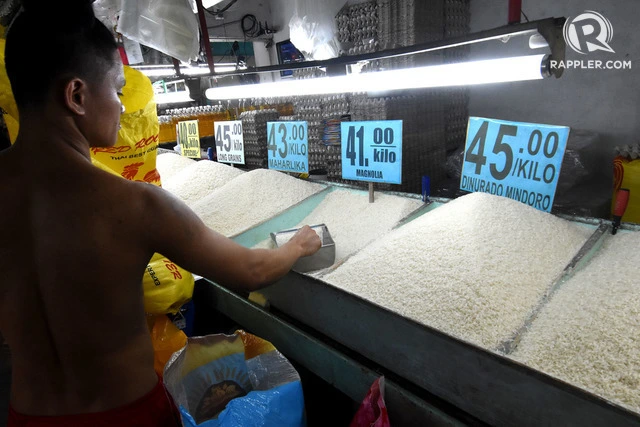Facing a rice shortage, Malaysia’s local supply meets only 70% of its needs, leading to frequent empty supermarket shelves.
A rise in global rice prices has made matters worse. Even India has stopped exporting rice.
In response, Bernas, a state-run company, raised imported rice prices by 36%. As a result, people are clamoring for cheaper local rice.
The government is acting fast. They want to boost paddy yields from 5 to 7 tonnes per hectare.
The aim? To achieve 80% self-sufficiency in rice by 2030.
Moreover, they are developing hardy paddy seedlings. These can be harvested in just 75 days.

At the same time, talks with India are ongoing. Malaysia is also looking for new suppliers in Vietnam, Thailand, and Cambodia.
The Agriculture Minister has a short-term plan too. He wants local millers to produce 20% more rice within a month.
He says Malaysia has enough rice stockpiled to last 4-5 months.
Meanwhile, consumers are feeling the squeeze. Prices for other food items like cooking oil are also up.
Some restaurants absorb the extra costs but may have to charge more soon.
El Nino is causing dry weather, which hurts local rice farming. Thus, the crisis isn’t just a food issue.
It’s also a climate issue.
This situation calls for a thorough review of Malaysia’s food policies. A diversified supplier base is crucial.
So is sustainable local production. Both can protect Malaysia from global hiccups in supply.
Background Malaysia’s Rice Crisis
Expanding on this, Malaysia’s initiative to increase local rice production is a step in the right direction.
Yet, this must be paired with advances in farming technology for long-term benefits.
On another note, consumer panic buying exacerbates the shortage. Public education could help alleviate this.
Trade relations also play a significant role. Talks with India and exploring options with other countries aim to diversify import sources.
This minimizes risk. It’s also worth noting that economic factors, like rising food prices, disproportionately affect lower-income families.
Finally, the situation highlights the need for a comprehensive review of Malaysia’s food security policies.
These should be agile enough to adapt to both internal and external shocks.

